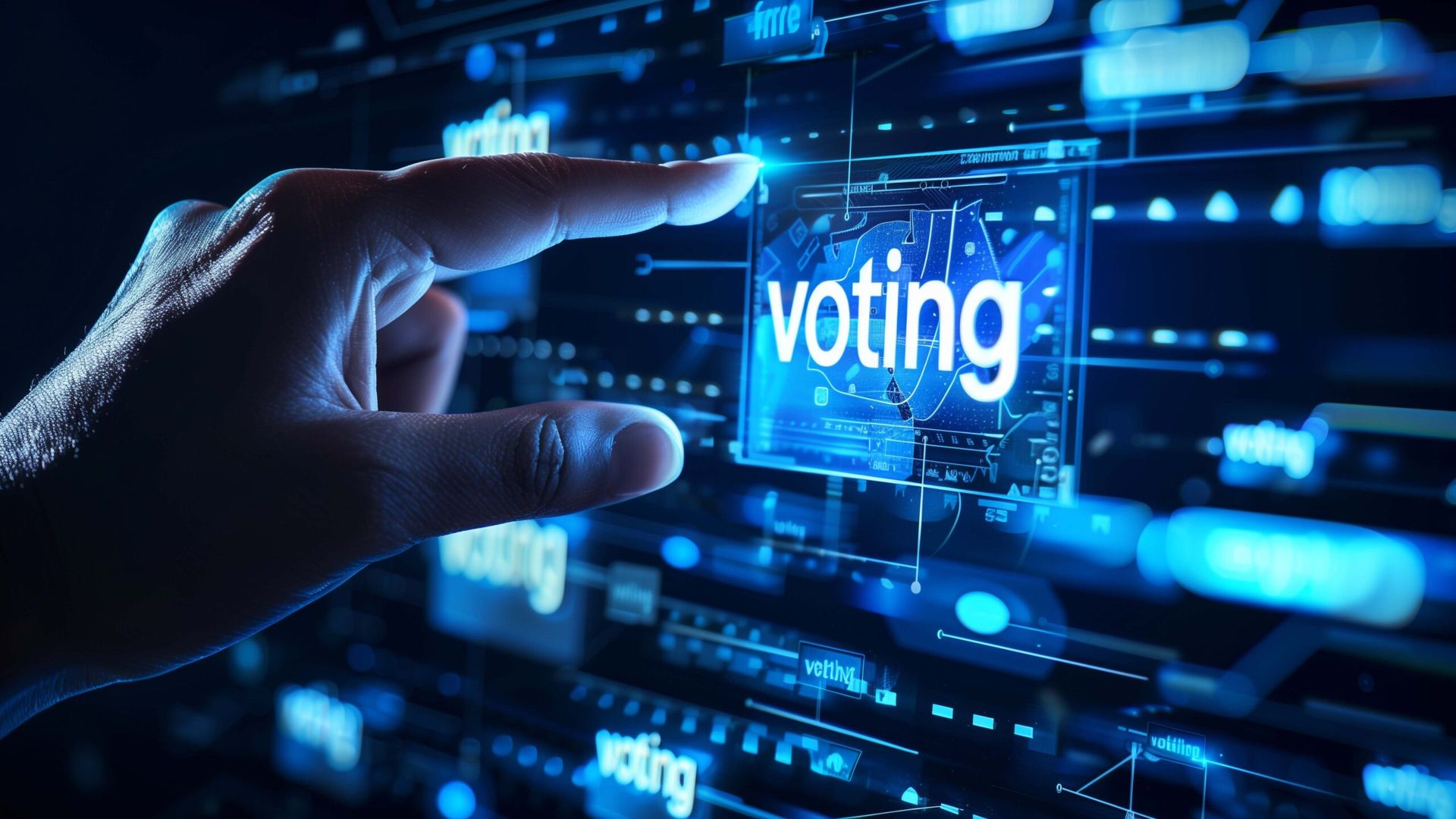COMMENTARY: Alarm bells around election security are ringing, highlighting a fundamental risk to our democracy. The new frontier for nation-state actors consists of vulnerable connected assets such as laptops, iPads, security cameras, and cloud environments that are not normally protected in a disparate and dispersed environment.
While alarms are important, it’s even more critical that the right processes and frameworks are in place to thwart any potential intrusions. By implementing security platforms that extend protection beyond traditional IT assets to include all network-connected devices, public and private organizations that connect to the nation’s voting infrastructure can reduce their level of risk and more confidently prepare for inevitable attacks. Implementing processes that insert accountability and full transparency will also give stakeholders more confidence in the election’s outcomes.
[SC Media Perspectives columns are written by a trusted community of SC Media cybersecurity subject matter experts. Read more Perspectives here.]
Foreign state threat actors that target election infrastructure usually want to undermine public trust in the fairness and transparency of our elections more than they seek to alter outcomes. Congress recently renewed a call for vigilance against foreign election interference. Meanwhile, 66% of U.S. IT leaders doubt the U.S. government can defend its citizens and enterprises against an act of cyberwarfare, and 40% say cyberwar could affect the integrity of the electoral process.
In addition, generative AI’s ability to produce convincing text, images and videos presents a dual-edged potential: it opens new channels for voter engagement and information dissemination while posing challenges in discerning authentic from manipulated content, amplifying concerns about misinformation’s influence on elections. However, adversaries are turning to AI to ramp up their efforts. A recent bulletin by the Department of Homeland Security warned that AI-generated robocalls or deepfake videos and photos present a major threat to election security. Therefore, it’s essential now more than ever to stay proactive and vigilant in preparing for this new reality.
Our adversaries are already extremely active. Microsoft recently noted that China used AI-generated content to disrupt a presidential poll in Taiwan as a dry run for further attempts to disrupt elections in the U.S., South Korea, and India this year. And we have already seen fake presidential endorsements by Taylor Swift as well as a fake Joe Biden robocall telling New Hampshire voters not to vote in the Democratic primary election.
AI-generated misinformation represents a problem for the private sector as well as the government. For example, bot farms sponsored by nation-states spread anti-U.S. propaganda across the country’s social media landscape – giving voters false information across a range of targeted, sensitive topics with specific political narratives intended to affect their votes. They may also create content for untrustworthy websites that falsely position themselves as authentic news sources. Any organization that shares information publicly are susceptible.
We have seen this most recently with misinformation that has been spread about relief efforts for those affected by hurricanes Helene and Milton. When misinformation originates from nation-states the intent they aim to either drive specific behaviors and outcomes or create confusion that will ultimately lead to chaos.
Network-connected election systems are particularly vulnerable. The disparity and complexity of many local and state systems introduce several components — from voter registration databases and network servers to electronic polling machines and vote counters — which expand the attack surface and make managing risks and vulnerabilities more difficult. Additionally, traditional security software used to monitor, detect and respond to attacks may not work on many election-related assets, as a number of these devices cannot accept a standard “agent” deployed on traditional IT devices.
Faced with these challenges, here are three steps to mitigate disinformation:
We must keep in mind that threats to election security are real and often directed by well-resourced adversarial nation-state actors. By applying modern technology to help defend and manage the entire attack surface, U.S. government agencies, state and local officials and private sector IT leaders can work toward safer elections now and in the future. Our nation and our citizens are counting on all of us to protect what’s most dear to us: our democratic election system.
Tom Guarente, vice president of external and government affairs, Armis
SC Media Perspectives columns are written by a trusted community of SC Media cybersecurity subject matter experts. Each contribution has a goal of bringing a unique voice to important cybersecurity topics. Content strives to be of the highest quality, objective and non-commercial.




